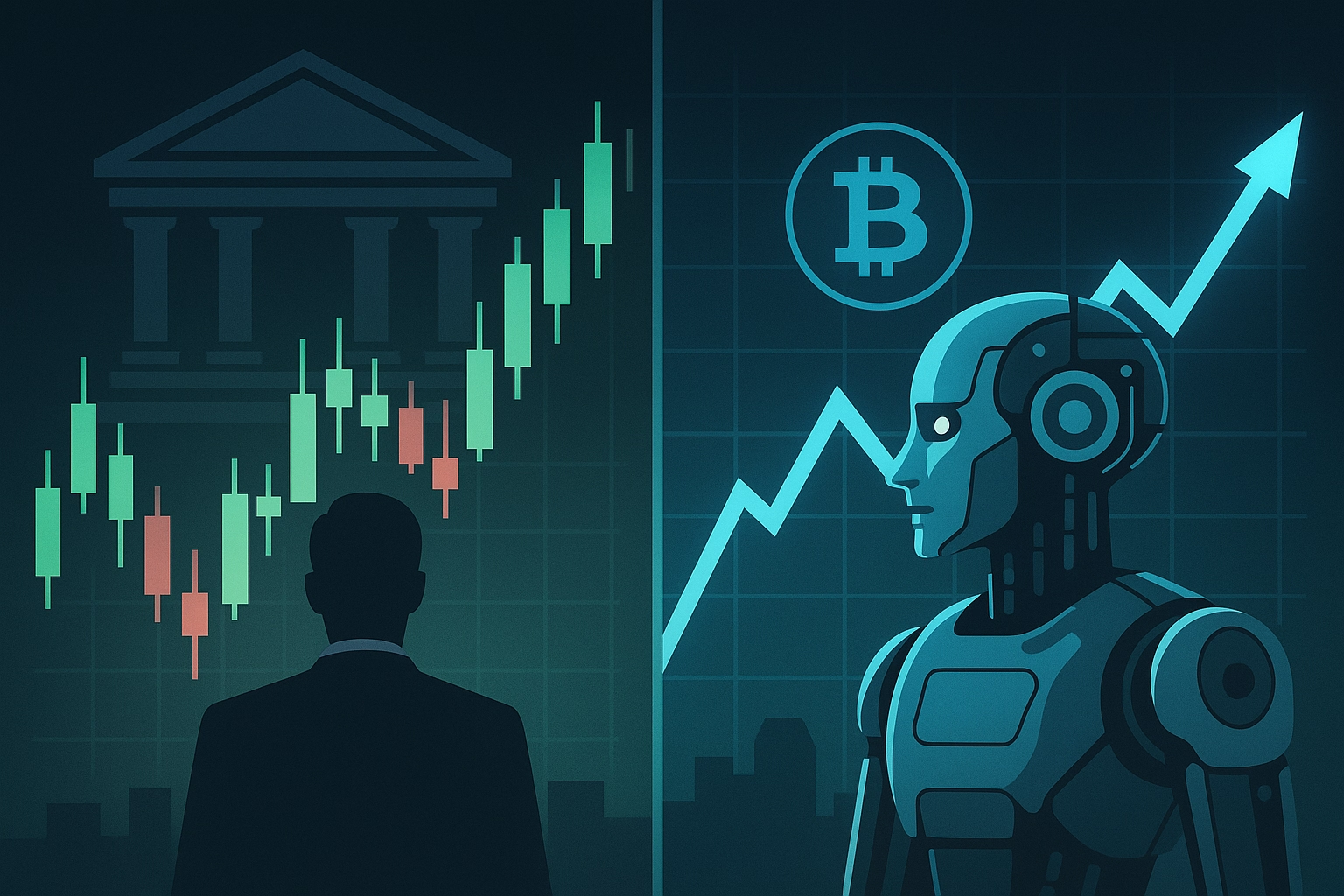In the last four decades, algorithmic trading has transformed from a niche tool used by elite Wall Street firms to a powerful, decentralized force reshaping global finance through Web3 technologies.
From the rise of electronic markets to on-chain smart contracts, this shift signals more than just technical innovation—it’s a reimagining of how markets operate, who can participate, and what trust in finance means.
📈 From Floor Traders to Algorithms
Before the 1980s, most trading was manual, slow, and heavily reliant on human brokers. The introduction of NASDAQ and early electronic communication networks (ECNs) marked the beginning of the algorithmic trading revolution.
By the 2000s, hedge funds like Renaissance Technologies and Citadel were using high-frequency trading (HFT) algorithms that executed thousands of trades per second. These systems leveraged data feeds, latency advantages, and predictive models to extract alpha at lightning speed.
⚙️ What Is Algorithmic Trading?
Algorithmic trading refers to the use of computer programs that follow defined instructions (algorithms) to place trades. These instructions are based on timing, price, quantity, or complex mathematical models.
Benefits include:
- Faster trade execution
- Reduced emotional bias
- Efficient arbitrage opportunities
- Scalable trading strategies
🌐 The Rise of Web3 Finance
The emergence of blockchain technology and Web3 finance has opened a new chapter. No longer confined to centralized exchanges or brokerages, traders can now execute strategies directly on-chain using smart contracts.
In Web3, code is law. This means that trading bots can interact with decentralized protocols (DeFi), automate liquidity provision, or execute arbitrage across decentralized exchanges (DEXs) without needing intermediaries.
Examples of Web3 trading platforms:
- Uniswap & Curve (DEX liquidity pools)
- dYdX & GMX (decentralized perpetuals)
- Flashbots & MEV protocols (for on-chain execution optimization)
🤖 AI, Machine Learning & On-Chain Intelligence
Modern algorithmic trading systems are incorporating AI and machine learning to analyze real-time data from both centralized and decentralized sources.
Use cases include:
- On-chain sentiment analysis
- Predictive price modeling using Web3 data feeds
- AI-generated trading strategies based on market volatility
This synergy of AI with Web3 finance allows for intelligent bots that not only execute trades, but adapt dynamically to protocol changes, liquidity shifts, and even DAO governance proposals.
🔒 Transparency and Risks
While algorithmic trading in Web3 offers transparency (every trade is on-chain), it introduces new risks:
- Smart contract vulnerabilities
- MEV front-running
- Overfitting of models in volatile markets
That said, decentralization also reduces counterparty risk and opens financial innovation to anyone with an internet connection—not just Wall Street firms.
🚀 The Future of Algorithmic Trading in Web3
The next wave will likely include:
- Autonomous AI traders executing cross-chain strategies
- DeFi-native APIs for plug-and-play trading infrastructure
- Community-driven strategies where users stake into algorithmic models
- On-chain governance over trading logic itself
The evolution from centralized algorithmic trading to decentralized Web3 finance is not only technological—it's cultural. It’s about shifting power from institutions to individuals, from opacity to transparency, and from control to collaboration.
💼 Conclusion
Algorithmic trading is no longer just a Wall Street tool. In the age of Web3 finance, it’s becoming open, decentralized, and AI-enhanced. Whether you're a developer, trader, or investor, the intersection of algorithms and blockchain is where the future of finance is being written.
WALBI is building tools that help you participate in that future—securely, intelligently, and profitably.




